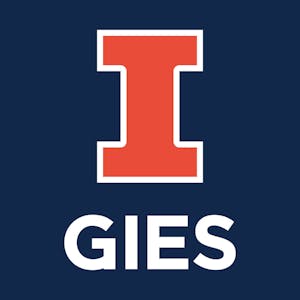Description
Over-utilization of market and accounting data over the last few decades has resulted in portfolio crowding, mediocre performance, and systemic risks, incentivizing financial institutions looking for a competitive advantage to quickly adopt alternative data as a replacement for traditional data. This course introduces the fundamental concepts of alternative data, as well as the most recent research in this field, as well as practical portfolio examples and real-world applications. This course takes an unusual approach in that, while theory is still an important component, practical lab sessions and examples of working with alternative datasets are also important. This course is for you if you want to work as a data scientist in financial markets, if you want to improve your analytics skills for financial markets, or if you want to learn about cutting-edge technology and research as it relates to big data. Python programming, investment theory, and statistics are all prerequisites. This course will teach you new data and research techniques for financial markets, as well as strengthen your data science and Python skills.
Syllabus :
1. Consumption
- Welcome Video
- What is consumption data?
- Geolocation and foot-traffic
- Lab session: Introduction to the Uber Dataset
- Lab session: Points of Interest
- Lab session: Mapping Data with Folium
- Lab session: Testing Seasonality
- Application: Consumption data and earning surprises
- Application:Consumption-based proxies for private information and managers behavior
- Application: Additional applications of consumption data
2. Textual Analysis for Financial Applications
- Introduction to the open web
- Introduction to textual analysis
- Processing text into vectors
- Normalizing textual data
- Lab session: Introduction to Webscraping
- Lab session: Applied Text Data Processing
- Lab session: Company Distances and Industry Distances
- Application: applying similarity analysis on corporate filings to predict returns
3. Processing Corporate Filings
- Introduction to Corporate Filings
- Lab session: Working with 10-K Data
- Lab session: Applications of TF-IDF
- Lab session: Risk Analysis
- Lab session: Working with 13-F Data
- Lab session: Comparing Holding Similarities
- Application: network centrality, competition links and stock returns
- Application: Using location data to measure home bias to predict returns
4. Using Media-Derived Data
- Introduction to Media Information
- Sentiment Analysis
- Lab session: Twitter Dataset Introduction
- Lab session: Network Visualization
- Lab session: Replicating PageRank
- Lab session: Applied Sentiment Analysis
- Application: Using media to predict financial market variables









